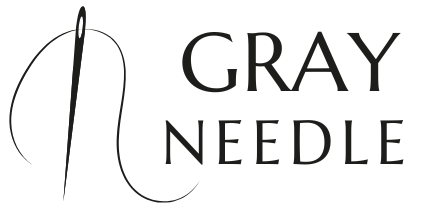When delving into the world of sewing, understanding the different types of ruffles is essential for creating stunning projects. Ruffles can add texture and charm, transforming ordinary fabrics into extraordinary pieces. They come in various forms, each serving a unique purpose in your sewing journey.
Here are some common types of ruffles you might encounter:
- Flat Ruffles: These are the simplest type, often used for hems and borders. They lay flat against the fabric and require minimal gathering.
- Gathered Ruffles: Created by gathering fabric along one edge, these ruffles are fuller and more voluminous, perfect for adding drama to skirts or blouses.
- Curved Ruffles: These are designed to follow a curved seam, making them ideal for circular skirts or sleeves.
- Asymmetrical Ruffles: These ruffles add a modern twist, featuring uneven edges that create a dynamic look.
Grasping these distinctions not only enhances your sewing skills but also allows you to choose the right ruffle type for your project. With the right techniques, you can create breathtaking designs that stand out.
For more insights and detailed guidance on mastering ruffles, visit our website to learn more and get started today! Click here.
Essential Tools and Materials for Ruffle Creation
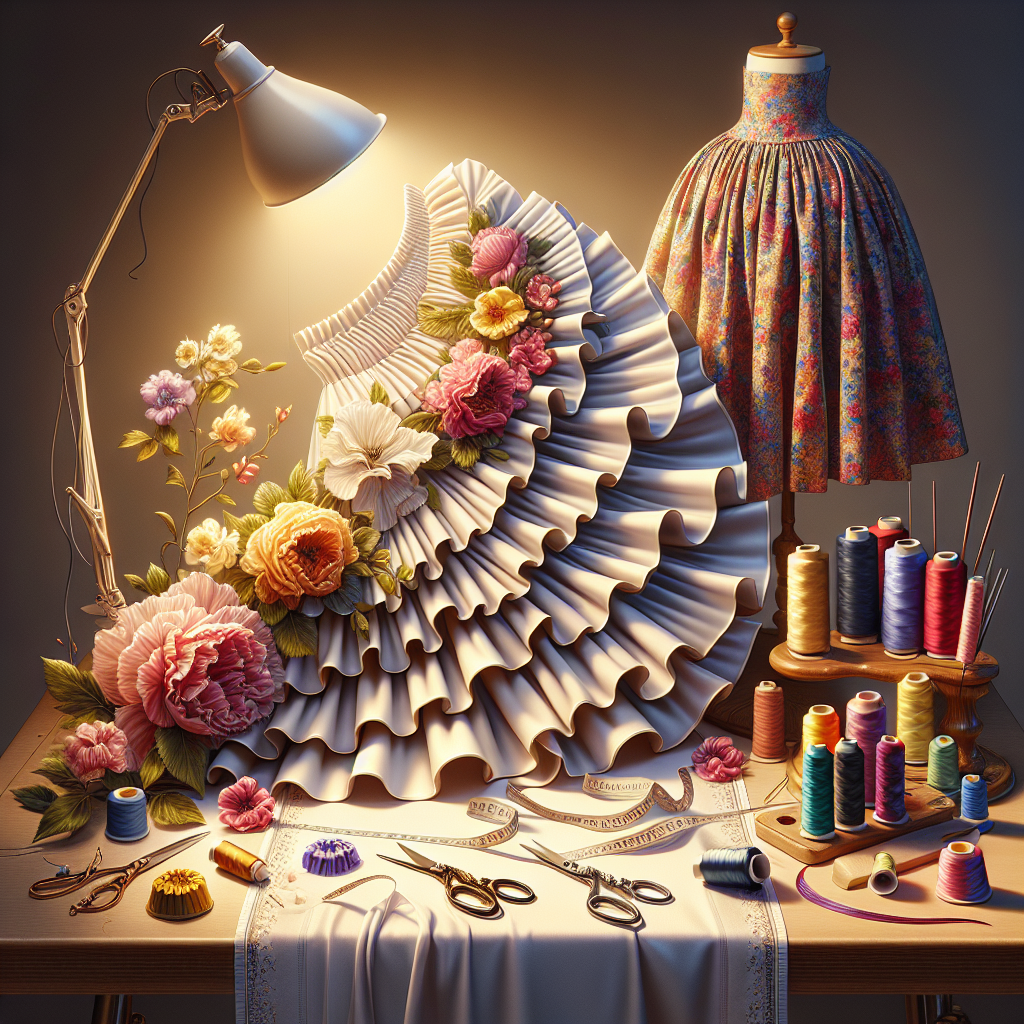
Creating beautiful ruffles requires not only skill but also the right tools and materials. Having the essentials on hand can make your sewing experience smoother and more enjoyable. Here’s a list of indispensable items you’ll need:
- Fabric: Choose lightweight or medium-weight fabrics, such as cotton or chiffon, which drape well and are easy to gather.
- Scissors: A sharp pair of fabric scissors is crucial for cutting your fabric accurately.
- Measuring Tools: A measuring tape and a ruler will help you achieve precise measurements and ensure your ruffles are uniform.
- Gathering Foot: This specialized sewing machine foot can simplify the gathering process, making it quicker and more efficient.
- Thread: Use a thread that matches your fabric to maintain a cohesive look in your finished project.
- Pins and Clips: These are essential for holding your fabric in place while you sew, ensuring that your ruffles stay neat and aligned.
By equipping yourself with these tools and materials, you’ll be well-prepared to tackle any ruffle project with confidence and creativity. Remember, the right preparation lays the foundation for a successful sewing experience.
Step-by-Step Guide to Sewing Perfect Ruffles
Mastering the art of ruffles can transform your sewing projects, adding a touch of elegance and texture. Follow this step-by-step guide to create perfect ruffles every time:
- Prepare Your Fabric: Start by cutting your fabric to the desired length and width. Remember, the width will determine the fullness of your ruffles, so adjust accordingly.
- Set Your Sewing Machine: Change your machine settings to a longer stitch length (about 4-5mm). This will help in gathering the fabric more easily.
- Gather the Fabric: Sew two rows of long stitches along one edge of the fabric, approximately 1/4 inch and 1/2 inch from the edge. Leave long thread tails for gathering.
- Pull the Threads: Gently pull the thread tails to gather the fabric. Adjust the gathers until they are evenly distributed along the fabric.
- Pin in Place: Once you have the desired gather, pin the ruffle to the area where it will be attached, ensuring it is evenly spaced.
- Sew the Ruffle: Stitch the ruffle in place using a straight stitch, securing it to your main fabric. Be careful to sew over the gathered parts without creating any puckers.
With practice, you’ll find that creating beautiful ruffles becomes second nature. Enjoy the process and let your creativity shine as you add this stunning detail to your sewing projects!
Common Mistakes to Avoid When Making Ruffles
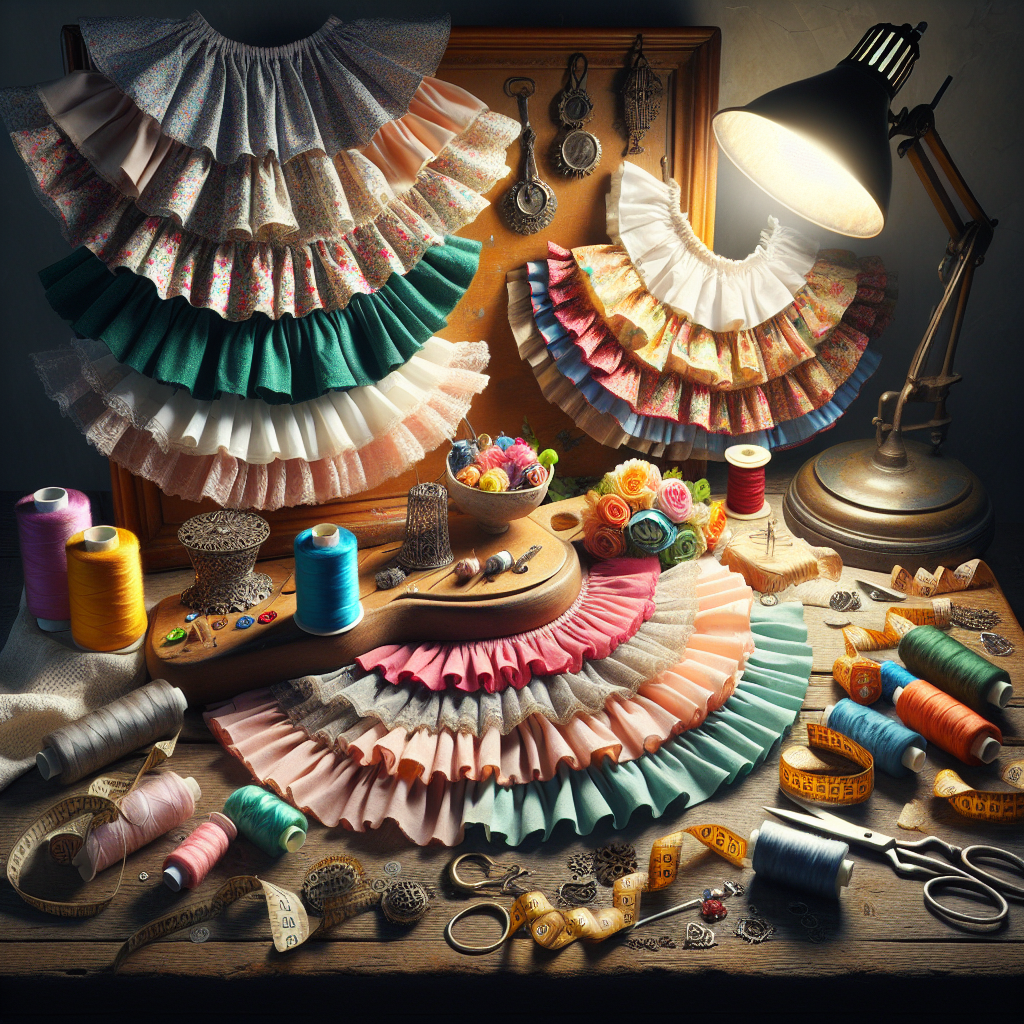
Creating ruffles can be a delightful addition to any sewing project, but there are common pitfalls that can lead to frustration. By being aware of these mistakes, you can enhance your sewing experience and achieve stunning results:
- Insufficient Fabric for Gathering: One of the most frequent errors is not allowing enough fabric for the ruffles. Ensure you have at least 2-3 times the width of the finished ruffle to achieve a full look.
- Inconsistent Stitch Length: Using varying stitch lengths can lead to uneven gathers. Always maintain a consistent longer stitch length when gathering to keep your fabric uniform.
- Neglecting to Test Your Technique: Skipping a test run on scrap fabric can lead to unexpected results. Always practice on a small piece to refine your technique before working on your main fabric.
- Overcrowding the Gathers: Attempting to fit too many gathers into a small space can result in a messy appearance. Aim for even spacing to ensure the ruffles look intentional and polished.
- Ignoring Fabric Type: Different fabrics behave differently when gathered. Delicate fabrics may require a lighter touch, while heavier fabrics may need more robust techniques. Always consider the fabric type and adjust your approach accordingly.
Avoiding these common mistakes will make the process of creating ruffles smoother and more enjoyable. With careful attention to detail, you’ll be on your way to crafting beautiful ruffled pieces in no time!
Creative Ideas for Incorporating Ruffles into Projects
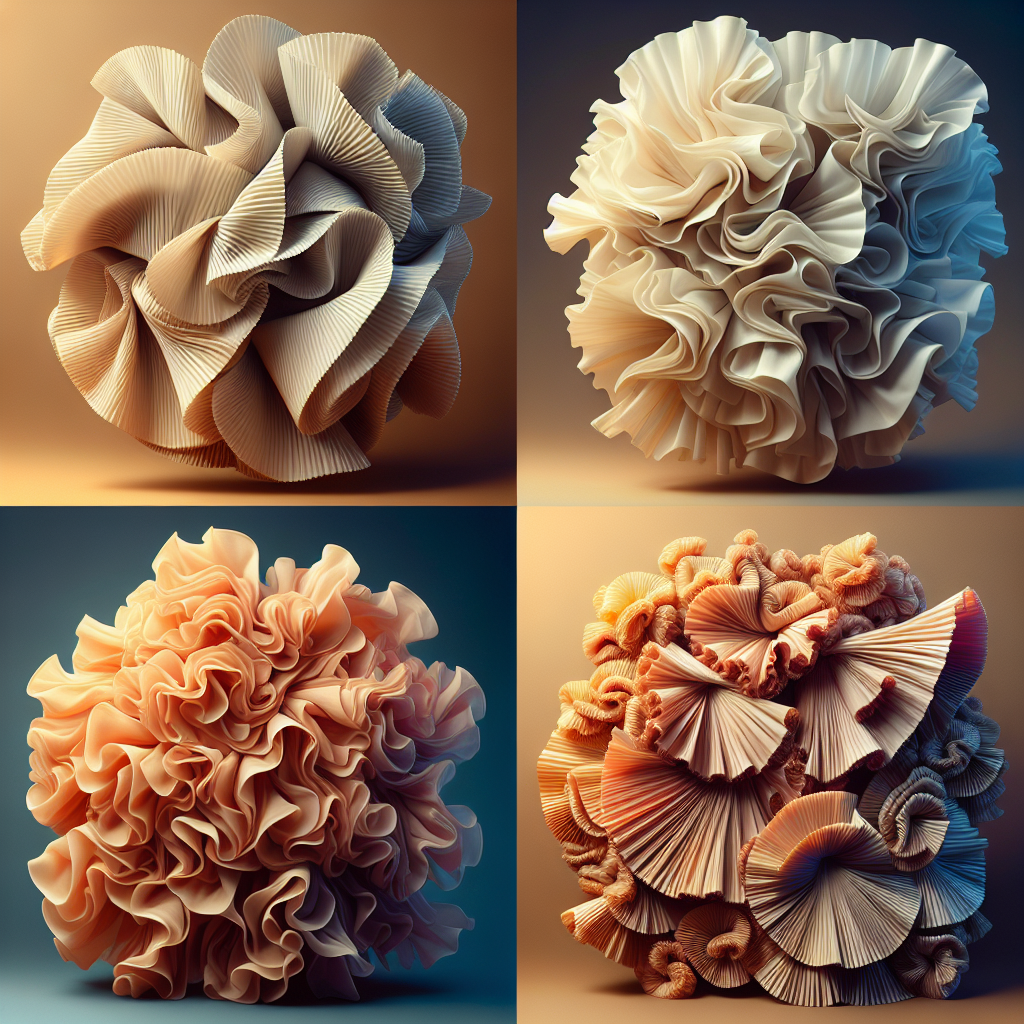
Ruffles are not just for skirts and dresses; they can add a touch of whimsy and sophistication to a variety of sewing projects. Here are some creative ideas for incorporating ruffles into your designs:
- Home Decor: Ruffles can be a charming addition to cushions, curtains, and table runners. Consider adding a ruffled edge to a plain pillow or creating a layered ruffle effect on a curtain panel for a soft, romantic look.
- Accessories: Ruffles can elevate simple accessories. Try adding ruffles to headbands, bags, or even belts to give them an eye-catching flair. A ruffled clutch or a ruffled scarf can be a unique statement piece.
- Seasonal Decor: Use ruffles to enhance your seasonal decorations. Think ruffled banners for parties, festive tablecloths, or even holiday stockings. These little touches can create a festive atmosphere.
- Children’s Clothing: Ruffles are especially popular in children’s wear. Create playful designs with ruffled sleeves, hems, or even layered ruffled skirts that allow for movement and fun.
- Quilting: Incorporate ruffles into your quilting projects by adding them as borders or accents. A ruffled edge can make a quilt more textured and visually interesting.
Experimenting with ruffles can lead to innovative designs that showcase your unique style. Whether you’re enhancing clothing or adding character to home decor, the options are endless!
Final Touches for Perfecting Your Ruffled Creations
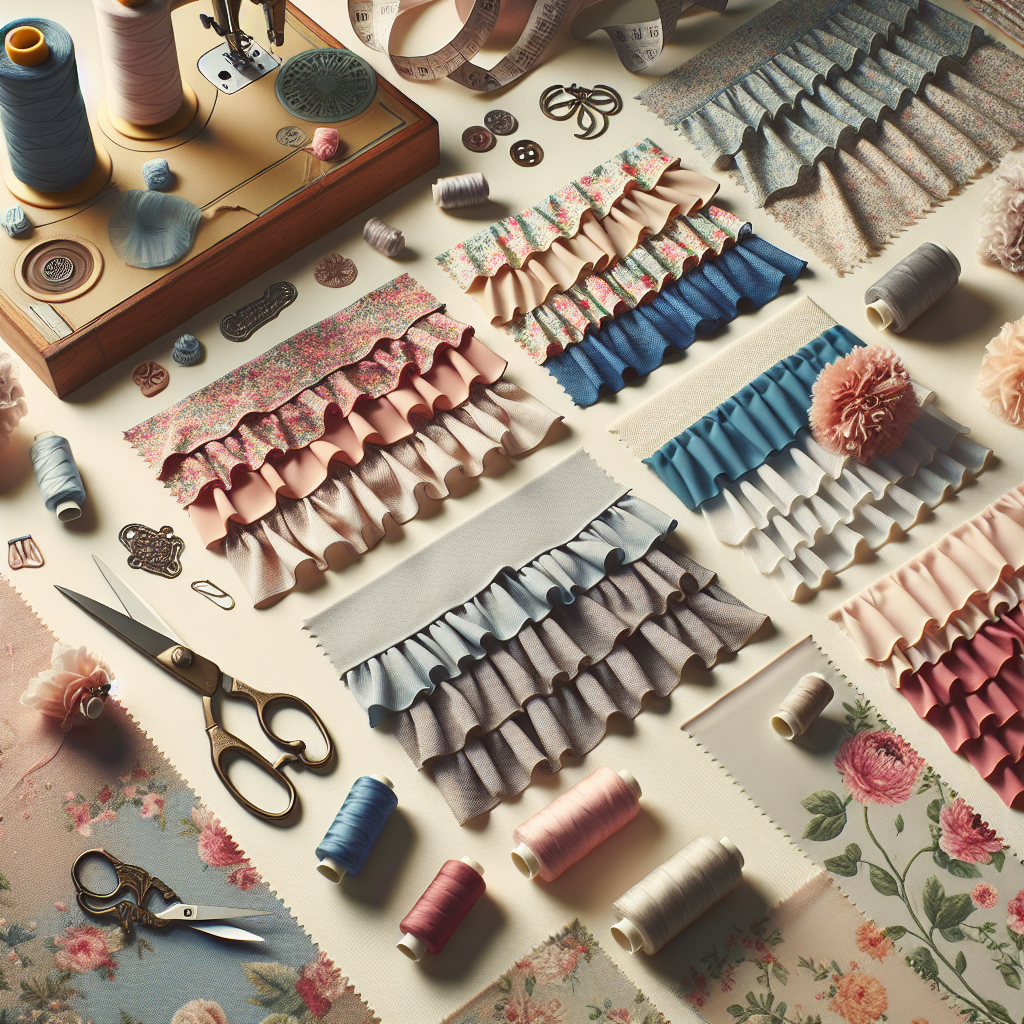
As you complete your ruffled creations, the final touches are crucial in perfecting your projects. Paying attention to these details can enhance the overall appearance and ensure your ruffles stand out:
- Finishing Seams: Always finish your seams properly to prevent fraying. Using a zigzag stitch or serger can provide a clean edge, which is especially important for ruffled edges that will be on display.
- Pressing Ruffles: Gently press your ruffles after sewing to help them maintain their shape. Use a steam iron and be careful not to flatten them too much; the goal is to enhance their volume without losing the ruffled effect.
- Adding Embellishments: Consider adding embellishments such as lace, beads, or buttons to your ruffles. These details can elevate your design and provide a personal touch that reflects your style.
- Final Inspection: Take the time to inspect your project for any loose threads or uneven ruffles. A little extra care in this stage can make a significant difference in the final product.
- Testing Movement: If your ruffled creation is wearable, move around in it to ensure comfort and that the ruffles behave as intended. Adjustments may be necessary to ensure ease of wear.
By focusing on these final touches, you can take your ruffled projects from good to great. Ready to dive deeper into the world of sewing and perfect your skills? Visit our website to learn more and get started today! Click here.
